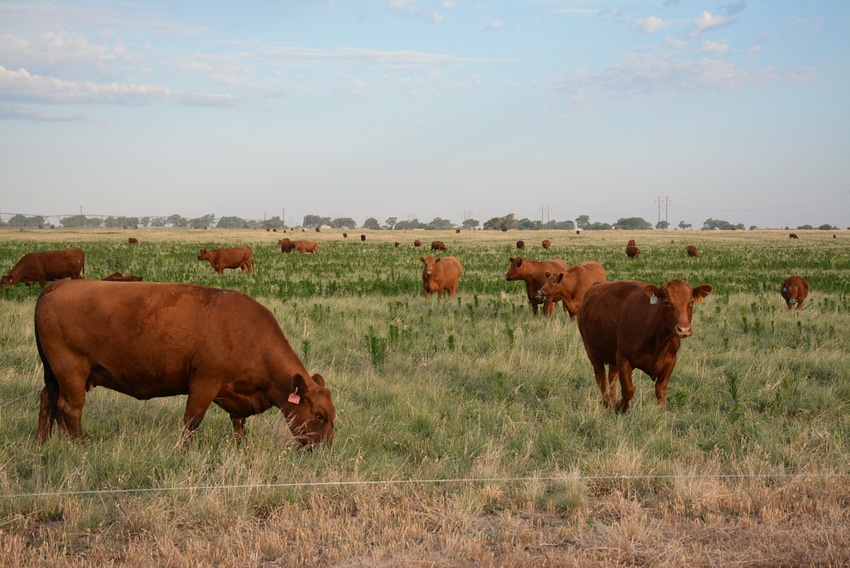Livestock producers reminded to protect against anthrax
A second case has been confirmed in North Dakota.

North Dakota’s state veterinarian says the state’s first reported case of anthrax this year is a reminder to livestock producers to take action to protect their animals from the disease, especially in areas with a past history of the disease. The case, in Grant County, was confirmed by the North Dakota State University Veterinary Diagnostic Laboratory.
“Anthrax has been confirmed in cattle in a Grant County beef herd,” State Veterinarian Dr. Ethan Andress said. “Producers in past known affected areas and counties should consult with their veterinarians to review their risk factors and vaccination needs. If producers have unusual losses on pasture, they should reach out to their local veterinarian as they are experienced and trained for this type of response.” The state veterinarian’s office will coordinate with local and state resources to assist producers in dealing with a disease situation.
A second case, also in Grant County, was reported shortly thereafter.
Effective anthrax vaccines are readily available, but it takes about a week for immunity to be established, and it must be administered annually for continued protection. Producers should monitor their herds for unexplained deaths and work with their veterinarian to ensure appropriate samples are collected and submitted to a diagnostic lab to give the best chance of obtaining a diagnosis.
“Anthrax has been most frequently reported in northeast, southeast and south-central North Dakota, but it has been found in almost every part of the state,” Agriculture Commissioner Doug Goehring said. “A few anthrax cases are reported in North Dakota almost every year. The animals impacted included cattle, bison, horses, sheep, llamas and farmed deer and elk.”
Two cases of anthrax were last reported in North Dakota in 2021. In 2005, however, more than 500 confirmed deaths from anthrax were reported with total losses estimated at more than 1,000 head.
In early July, the Minnesota Board of Animal Health (MBAH) confirmed multiple cattle and a horse on a property in Kittson County had the disease. It was the state’s first reported case of anthrax in animals in more than a decade.
“One of the reasons we don’t see a lot of anthrax cases in the state anymore is because we have proactive measures to protect livestock like vaccinations,” said Dr. Katie Cornille, who oversees the Board’s bovine programs. “With this detection in Kittson County, livestock producers who graze their animals on pasture in and around the county should talk to their veterinarian about vaccinating their animals if they aren’t already.”
Anthrax is caused by the bacteria Bacillus anthracis. The bacterial spores can lie dormant in the ground for decades and become active under ideal conditions, such as heavy rainfall, flooding and drought. Animals are exposed to the disease when they graze or consume forage or water contaminated with the spores.
According to MBAH, most animals die from the disease before showing any signs, making it important to have a veterinarian examine animals that die suddenly or are found dead on pasture. If anthrax is suspected, veterinarians should avoid performing a field necropsy to prevent spore formation and contamination. Spores can survive in soil for many years, endangering other animals.
About the Author(s)
You May Also Like





